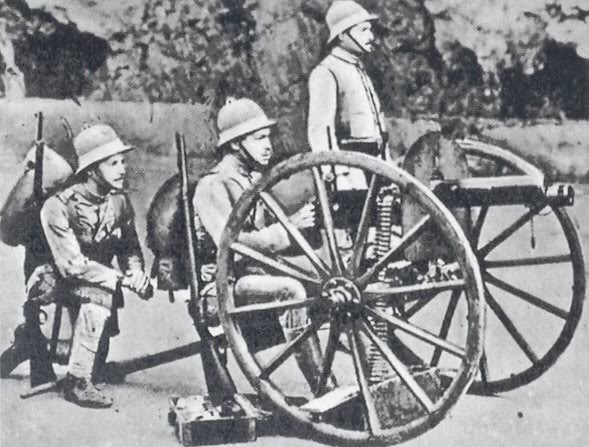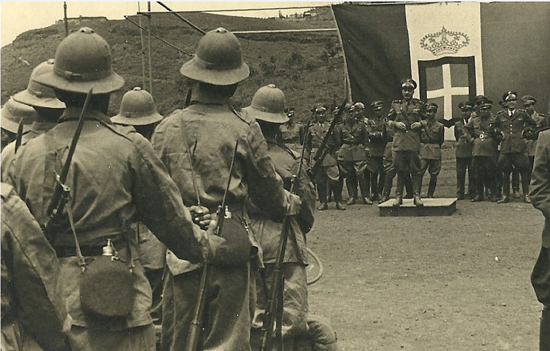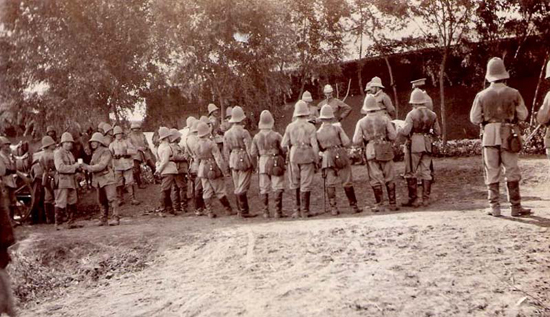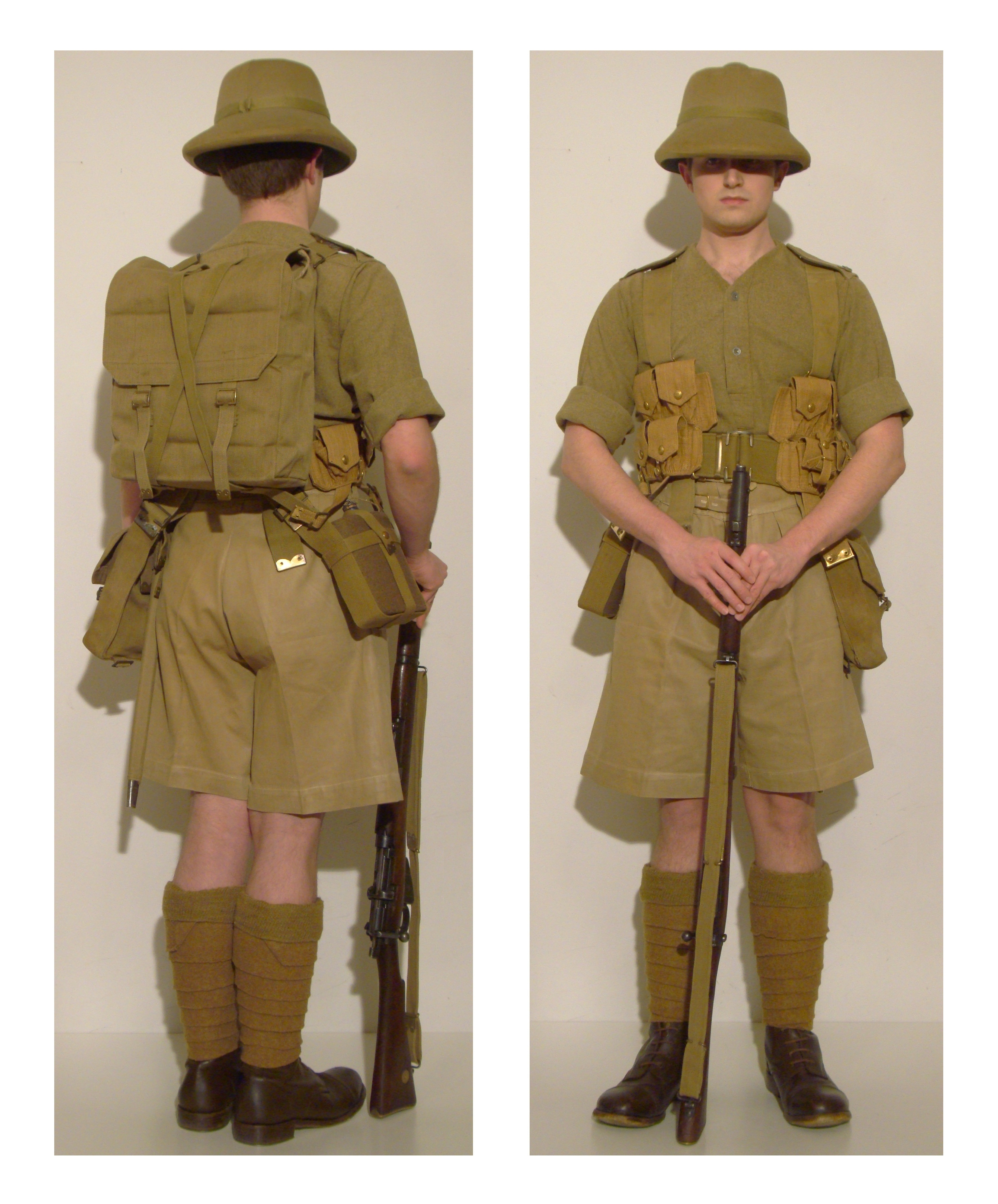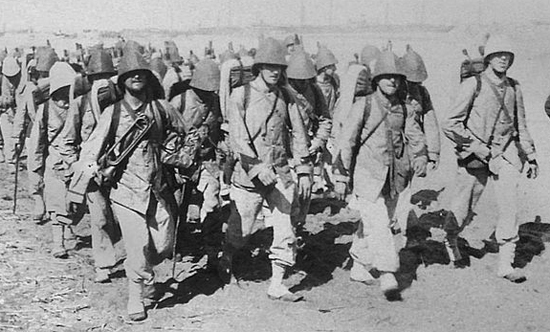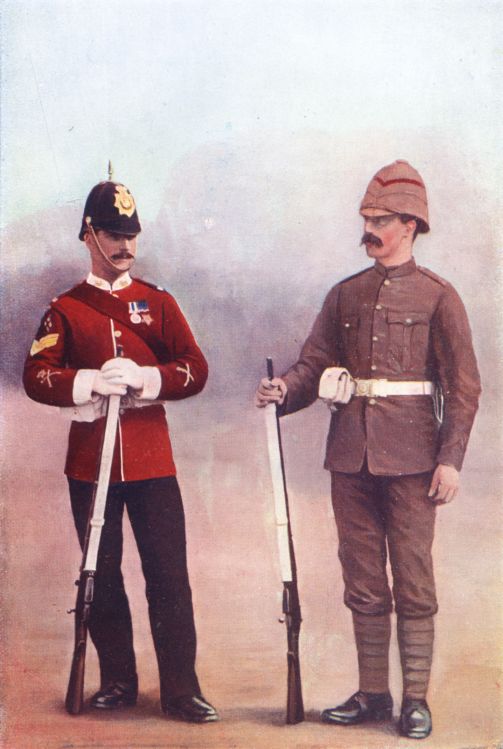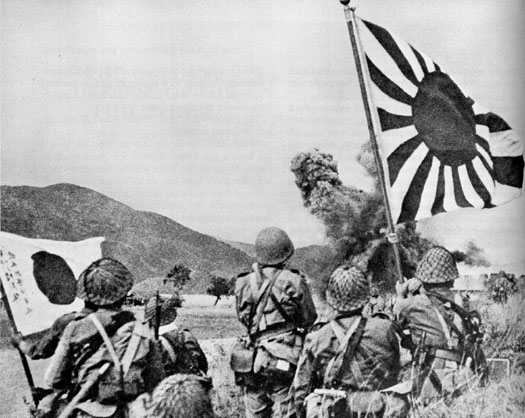
The Japanese army’s advance on Singapore in late 1941/early 1942 – the khaki uniforms were well suited to the climate
While the European powers utilized khaki during the scramble for Africa and in the final decades of the age of imperialism, it was used in the Pacific as well – by both the United States and the Empire of Japan. The former followed British and European patterns beginning towards the end of the 19th century, while the latter adopted it as it went to war with a major European power at the beginning of the 20th century. Continue reading

